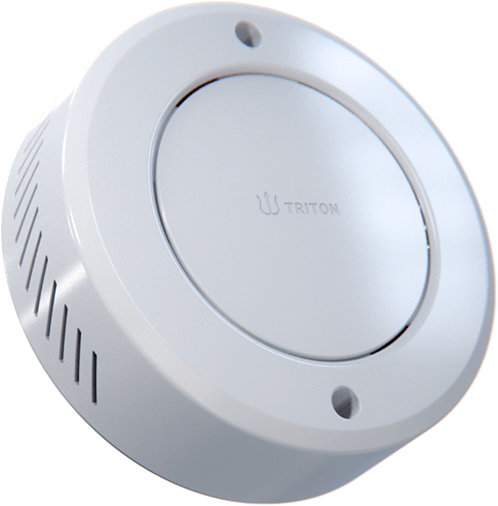Not long ago, vaping seemed unstoppable inside schools. Students would sneak into bathrooms between classes to breathe in flavored nicotine and THC vapors. Administrators and teachers were powerless, until districts started using an innovative tool to guard them: the vape detector.
Today, schools across the country are reporting major success stories which demonstrate just how transformative this technology could be in fighting the vaping crisis.
A case study: Cut down on the amount of cigarettes you smoke by 83 percent in 10 Weeks
Luling Independent Schools District had the most serious issue of vaping. Despite the warnings of school officials and the implementation of stricter guidelines, some students used to smoke in the locker room. Smoke alarms were not effective against vapour. There was no way for staff to be everywhere.

The district conducted tests on a variety of vape detectors in March. The results were striking. The frequency of vaping dropped significantly within five weeks. In the span of ten weeks the number of vapers had decreased by 83%..
For the administrators, the benefits was more than just numbers. Teachers reported less disruptions and students were aware that smoking cigarettes wouldn’t go unnoticed.
Match Charter Schools also enjoy similar success
Match Charter Schools also has a powerful example. High and middle school students were vaping during the time. The result of the vape smoke detectors they installed in August was instantaneous.
In December, less than four months after the initial report, the administrators announced an 20% decrease in incidents of vaping. Parents praised the school’s concrete precautions to guard their children. Teachers observed a decrease in the amount of loitering in the hallway as well as bathroom crowding.
Both districts are part of a rising trend. Schools that adopt vape detection have seen significant improvement in both behavior and safety.
What Makes Vape Detectors So Effective?
This technology is what gives the results. A modern vape detector doesn’t only detect vapor, it also monitors air quality, monitors occupancy, and sends real-time alerts to staff. This means that administrators don’t need to rely on guesswork or reports from after the fact.
Detectors are also made with privacy as a priority. No cameras. No audio recording. No audio recordings. Just instant, accurate information to aid schools in acting quickly and without violating the rights of students.
This combination of efficacy and compliance makes vape detectors one of the most practical ways to ensure safety for schools now.
Beyond Vaping: A Wider Safety Net
What many administrators understand is that detectors aren’t just for vaping prevention. Modern systems are able to detect loud noises and keywords that are linked to emergencies and vandalism.
For example If a crowd of students is seen loitering around bathrooms, the detector can flag the high occupancy. Staff members can be immediately alerted by a student who shouts an urgent keyword, for instance “help”. In this way, vape detectors for schools become part of a larger safety strategy one that addresses both health risks and potential violence.
Parents and Boards are in support of Vape Detectors
One benefit often ignored is the trust that comes from transparency. The use of detectors at schools is able to produce reports that show clearly the trends in smoking. The reports are then shared with school boards, parents as well as community members, offering evidence that concrete steps are being implemented.
Parents respond positively, especially when they are able to see tangible results. Smoke detectors for vapes aren’t just protecting students from harm, they’re safeguarding their health. They are a strong reminder that smoking vapes isn’t permitted in schools.
The Summary is a Proven Path Forward
Years ago, vaping seemed like a war invisible to schools couldn’t beat. Research from across the nation prove that this is not the case. Utilizing a vape detector administrators can identify incidents in real-time to deter risky behavior and provide safer spaces for students.
The vaping epidemic is far from being over but the tide is turning. Schools that are investing in vape detection technologies aren’t just reacting to an issue, but they’re also paving the way to a healthier future.
Conclusion
Schools in Texas and Massachusetts have proven that technology can work. Modern vape detectors do more than just sound an alarm. It transforms behavior which builds trust and provides a lasting solution to one of the biggest health issues for students. In any school district that cares about security school vape detectors are no longer an experiment they’re the norm.